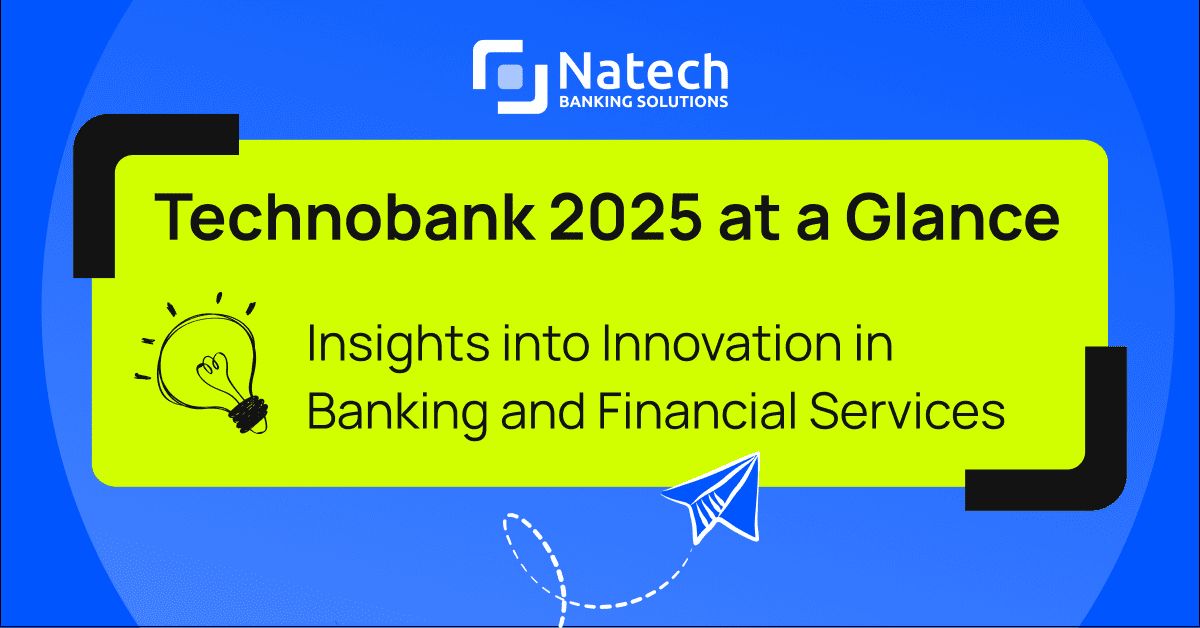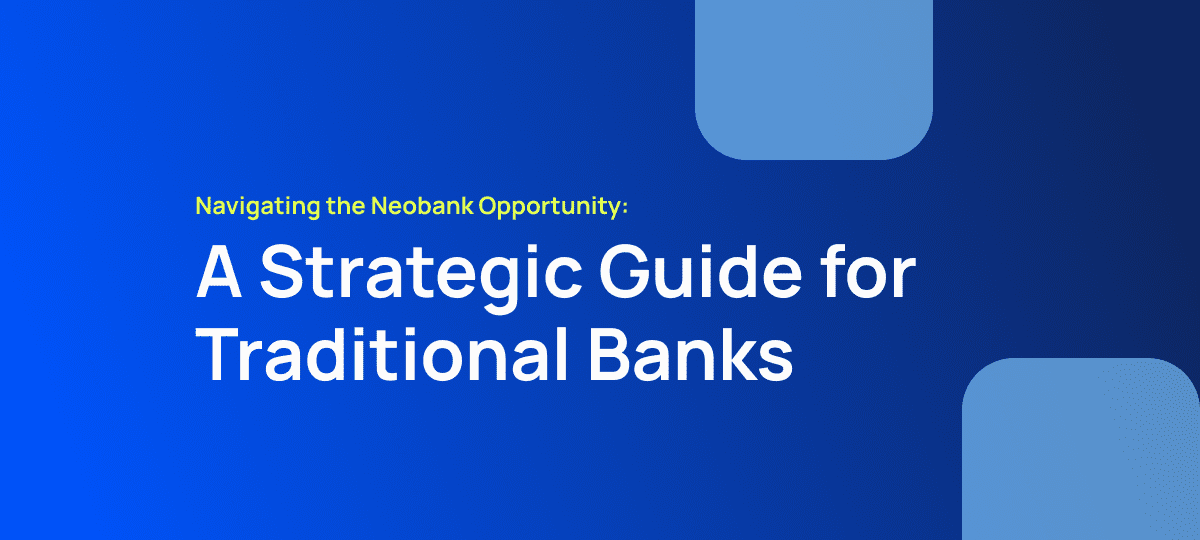Why Agility in Banking is Crucial and Urgent
In today's financial landscape, agility is no longer optional—it’s essential. This blog explores how banks can harness agile principles to accelerate digital transformation, enhance customer experiences, and remain competitive in the face of fintech disruption.

Rapid digitization and growth in non-banking competitors and purely digital players have accelerated the rate at which the banking and finance industry is changing. Attempts to adopt new technologies without considering the larger picture have rendered the legacy banking process complex and functionally siloed. The banking sector needs to rethink its priorities and redesign the processes to remain relevant in the long run.
Agility can help accelerate and simplify digital transformation while improving accountability at the front line. It can also assist banks in enhancing customer journeys and incrementally building a future-ready ecosystem.
Agility to Drive Transformation in Banking
Agility helps organizations rewire their DNA and foster a culture of swift, customer-centric product and service development. It directs the leadership to govern and manage from the perspective of the output rather than the input. It simultaneously fosters a culture of ownership, collaborative problem-solving, and flexibility among organization members. However, the success of an agile approach rests on high-performing, goal-driven teams.
The banking sector has traditionally focused on ensuring the value of digital transformation and any transformation in general. However, it is time to shift to a customer-first approach. Banks must become less stifled by processes and bureaucracy and more focused on offering products and services that address increasingly specific and dynamic customer needs.
Agility does not work like flipping a switch. It is a continuous process of step-by-step transformation from the inside out. This can be achieved by remodelling internal functions and then moving on to customer-facing areas. However, legacy banks have traditionally been slow, while neobanks, NBFCs and fintechs have taken over as customer-driven financial providers. Banks must leverage a modular approach to match the pace of change that these institutions have brought in.
Agility is a powerful means of accomplishing this. More importantly, agility, like digitization, cannot be orchestrated overnight. Planning, data-driven strategizing, analysis, implementation, and improvisation are required to bring about the radical change the banking industry needs.
Achieving Seamless Transformation
While agile principles can be applied across banking functions, including software development, marketing, customer support, product development and HR, the vastness of the legacy banking ecosystem calls for a low-risk, future-focused and efficient approach. The transformation for complex transactional systems that need quality and accuracy will look different from that of any other business function. It requires leadership and discretionary expertise to determine how to initiate and successfully implement the transformation.
ING Group is a great example of this. The organization understood the changing expectations of an increasingly social-media-based customer base. The leadership realized that they could serve their 30 million customers better with personalized solutions through a nimbler approach. The enterprise replaced the traditional operational structure with more fluid and agile self-steering teams.
Certain best practices can help accelerate the process across functions while ensuring efficacy.
Some of the best practices for carrying out scalable agile transformation are:
Maintain Customer Focus
Satisfying customer needs is a fundamental principle of an agile methodology. Agile development transitions the product development process from a back-end pursuit to one that improves customer experience across touchpoints. Therefore, agile efforts must enable teams to follow a customer-driven model and improve increasingly, depending on customer feedback and analytics.
Keep an Eye on the Bigger Picture
An agile approach must ensure that small teams with multi-disciplinary expertise approach modular problems with the overall picture in mind. The true value of agile processes is realized when small improvements positively impact business reality and customer journeys. Incorporating new capabilities requires a continued commitment to remain flexible and evolve with customer needs.
Cultivate Micro Ownership While Facilitating Holistic Growth
Although it can be challenging, this is one of the most crucial aspects of agile transformation. Stringent hierarchies in a business vertical must be eliminated while maintaining smooth collaboration across processes. This can be instrumental in driving success. For instance, leveraging customer feedback and product success data from customer support teams to develop flexible products. This also requires upgrading the review and product success analysis practices.
Continued Improvement
Agility is not a one-time activity. It is an accumulation of persistent efforts to meet customer expectations ahead of the competition. It involves thorough testing and an iterative approach to bringing novel products to the market quickly. The agile approach encourages testing and learning while ensuring quality throughout incremental solutions. It also encourages leveraging minimal viable product (MVP) approaches to keep customer feedback at the center of evolution while increasingly adapting to their dynamic requirements.
Challenges to Adopting Agile Methodologies for the Banking Industry
For agile transformation, it is essential to address challenges being faced by the banking industry, such as:
– Incomplete understanding of agile methodology and digitization.
– Legacy, slow and distant from the customer approach of developing new offerings for the customer.
– Siloed box-and-line-based approach to product design.
– A focus on “how to do certain things” and its benefits to the business, rather than “what the customer needs and would appreciate.”
Implementing Agile Digital Transformation
Technologies, such as Banking-as-a-Service (BaaS) can ensure seamless and agile digital transformation. The cloud-based model has already disrupted the banking space by accelerating time to market. Further, it has facilitated quick verification of creditworthiness and data-driven customization of products. Data is used to differentiate performance since it facilitates building connections with the customer. It enables incorporating niche solutions in data environments to help the ecosystem evolve. It also empowers banks to combat financial crime with system-wide security solutions.
Agility is all about achieving customer satisfaction. JPMorgan Chase and Co.’s successful digital transformation was driven by agile methodologies. The company was committed to delivering highly personalized experiences to meet customer expectations in real-time.
Adopting modern technologies can help build the modern-day banking ecosystem, capable of catering to the entire spectrum of customer needs. Mainstream adoption of advanced technologies via an agile approach can accelerate innovation in banking products. Through this, banks can gain a competitive advantage with depth, timeliness and customer trust. They can transform into agile systems, realizing the power of big data that has remained underused.
Financial institutions of all types and sizes need to shift to an agile approach to match the ever-changing customer expectations. While the banking sector is eagerly adopting transformational processes and technologies, it is critical to do it in an agile way. Agility can expedite system maturity while allowing space for continued evolution.
Partnering with an evolution partner can help leverage advanced technologies in a way that strategically deploys enterprise-wide enhancements and maximizes value. At Natech, we are driven to help banks and fintechs adopt modern technologies as instruments for growth and competitive advantage.
Ready to Embrace Agility?
Natech doesn’t just deliver software—we enable transformation. Whether you’re a regional bank, credit union, or fintech pioneer, our modular, cloud-native platform gives you the agility to innovate faster, serve smarter, and grow stronger.
Let’s build a banking future that’s adaptable, customer-centric, and ready for what’s next.
Request a demo to start your transformation journey today.











